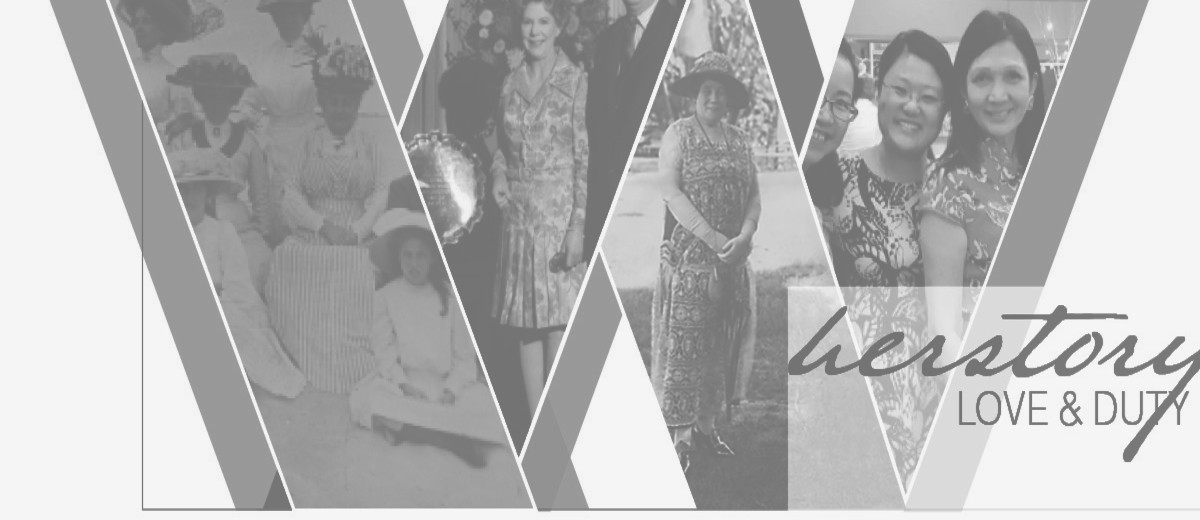Person
ContributeMary Bruce was the Mayoress of the City of Adelaide (married to the Mayor) from 1904-1907.
Early Life and Career
Mary Ellen was the eldest of seven children born to Daniel and Mary McFie. They were; Mary Ellen born 1854, Daniel 1855, Thomas 1857, Marian 1859, Anne Maria 1861, Archibald 1863 and Frederick 18661. Her Father was a sea captain who was master of the 237 ton steamer Havilah which travelled between Adelaide and Melbourne in the 1850s and 60s. From 1864-69 his occupation is listed as Publican of the Duke of Wellington Hotel Port Adelaide. Her Mother is recorded as being the Publican of the Metropolitan Hotel Grote Street from 1871-76, the London Hotel Flinders Street from 1876-80 and the Britannia Hotel 1885-873.
Mary Ellen married Theodore Bruce, a promising young bank employee who looked after stations in the far north for the National Bank, at St. Lukes Church Adelaide on the 24 August 1876.
Her Sister, Marian, married George S. Aldridge in 1880 and soo after, the two men entered into a business partnership as the auctioneering firm, Aldridge and Bruce.
We can only guess what influence these two daughters of prominent publicans exerted on their husbands when the firm established a brewery at Broken Hill with Theodore Bruce as managing director until 1888 when Aldridge retired and the business was sold to the South Australian Brewing and Wine and Spirit Company.
It is probably for the best that history has not recorded the sister’s thoughts on another of their husband’s joint ventures - a two year old horse named ‘Lord Wilton,’ which, after some initial success and later, some close run but ultimately disappointing races in 1885, was sold to a Mr EW Ellis, who, took the horse on to win the Adelaide Cup a few months later.
For the next decade, Mary raised her young and growing family of five children from their home in Wood Street, Hyde Park, and later "St. Ann's" at Mt. Lofty. During this time Theodore continued in business as an auctioneer (Theodore Bruce Auctions survives to this day) but he was also drawn to civic life and served the City of Adelaide as a councillor from 1894 and the City of Unley as a councillor from 1895. Two years later in 1897 he was elected the Mayor of Unley, a position he held for another two years and this experience was valuable when he was elected mayor of the City of Adelaide in 1904.
Contributions/Achievements
As Mayoress, Mary faithfully supported her husband and won much praise for the tactful and capable manner in which she carried out the duties of Mayoress, accompanying him to official events such as graduation ceremonies at the university and hosting a high tea at Town Hall for the Australasian Medical Congress which convened in Adelaide in 1905 and it was not unusual for her daughters Nellie and and the much younger, Muriel to attend official functions.
The 1907 annual Mayoral ball was considered a triumph with the Town Hall decorations designed by Mary herself, The ball was attended by 1200 of Adelaide’s most prominent citizens and earned a gushing review from the Adelaide Critic newspaper:
On this occasion Mrs. Bruce evolved the entire decorative scheme herself and the brilliant result, universally admired, testified to her great artistic taste. Messrs. Heyne & Potter carried out the Mayoress’ design, and the result was fairyland. Mirrors lined the hall on every side reflecting innumerable times the beautiful trails of asparagus fern and pink peach blossom that covered the stage and walls, concealing the origin of the mirrors, and yet giving a tantalizing glimpse of the dancers.
Personal Note
After his term as Mayor, Theodore was elected to the Legislative Council in 1909 but died two years later in 1911 and is buried at West Terrace Cemetery. After Theodore’s death, Mary spent some time in England with her two daughters and youngest son Talbot who was studying at Tunbridge school in Kent. Talbot Bruce joined the 3rd Squadron of the Royal Flying Corps in 1916 and saw active service in France during the First World War. On the 6 September 1917, his flying patrol of four Sopwith Camels were blown off course and eastward behind enemy lines. The flight landed to gain their bearings but Talbot’s airplane developed engine trouble and could not take off with the other three Camels. Talbot Bruce burned his aircraft and mingled with bystanders to avoid capture and eventually escaped through the Netherlands in 1918. The other three flight officers struck bad weather and, running low on petrol were forced to land again near Rheims where they were taken prisoner by the Germans.
Mary Ellen died 12 October 1946, aged 92 years at Joslin and is interred at West Terrace Cemetery.


CommentAdd new comment
Quickly, it's still quiet here; be the first to have your say!